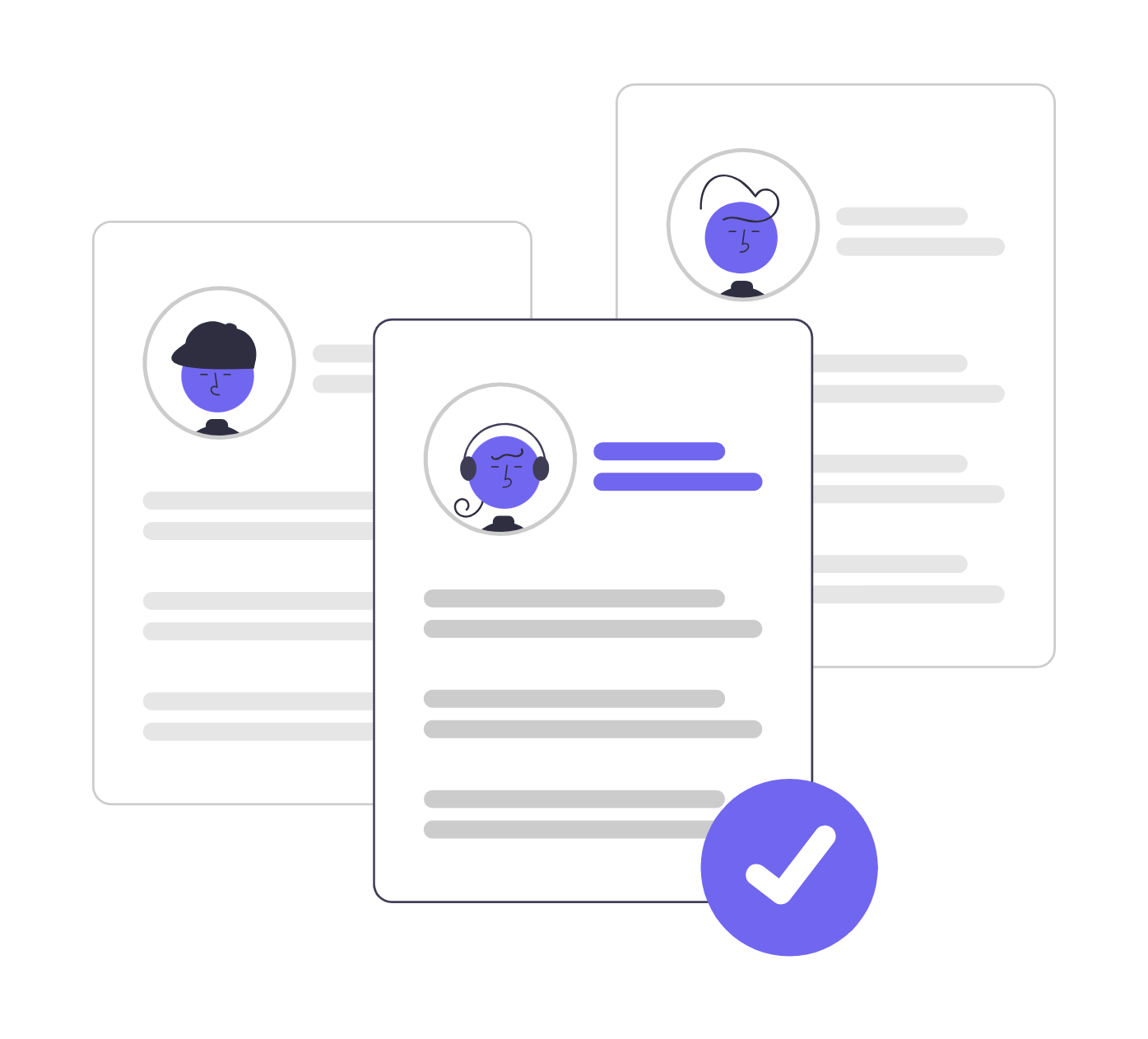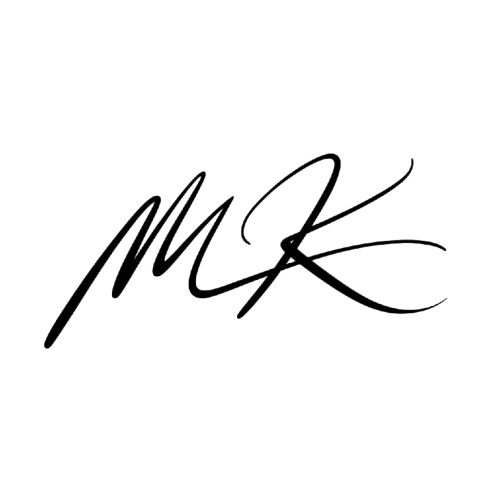Share
In business, few decisions have as much impact—or as many consequences—as hiring. Bring the right person into your team, and they’ll elevate everything: productivity, morale, innovation, and culture. Hire the wrong one, and the ripple effects can be costly, demoralizing, and long-lasting.
So why is recruiting the right person such a make-or-break decision? Let’s explore the deep, often underestimated reasons this one act can define the trajectory of your entire organization.
1. Productivity Starts with People
When you hire someone who is both capable and aligned with the role, the results are immediate and powerful. They don’t just meet expectations—they raise the bar for those around them.
A great hire:
- Works efficiently and independently
- Works efficiently and independently
- Adds momentum to the team’s overall output
According to business author David Finkel, the right people “require less hand-holding,” freeing up leadership to focus on strategy rather than micromanagement. Over time, these individuals amplify the effectiveness of everyone around them—creating a positive productivity loop that moves the company forward.
Quickly identify your most promising candidates. WorkScreen automatically evaluates, scores, and ranks applicants on a performance-based leaderboard—making it easy to spot top talent, save time, and make smarter, data-driven hiring decisions.

2. Burnout, Bottlenecks, and Band-Aids: The Hidden Toll of a Bad Hire
In the face of tight deadlines or staffing shortages, it’s tempting to fill a role quickly and hope for the best. But desperation hires often create more problems than they solve.
When the wrong person joins the team:
- Others are forced to work longer hours to compensate
- Mistakes increase due to lack of skill or motivation
- Burnout and resentment spread among high-performing staff
Skillwork notes that burnout from understaffing doesn’t just reduce morale—it also leads to avoidable safety risks. Fatigued or ill-equipped employees are more likely to make costly (and sometimes dangerous) errors on the job.
3. Culture Is Built One Person at a Time
Company culture isn’t something you write in a handbook. It’s something your team lives out every day—and it’s shaped with every new hire.
Employees who align with your values are more likely to:
- Support team cohesion
- Collaborate effectively
- Reinforce a healthy, accountable work environment
On the flip side, just one poor cultural fit can create friction, spark conflict, or drain energy from the team. As Chané Greyling of Wamly notes, the right person doesn’t just fill a seat—they help “nurture a happy and motivated workforce.”
Workscreen Eliminates low-effort applicants—including those who use AI Tools to apply, copy-paste answers, or rely on "one-click apply." This way, you focus only on genuine, committed, and high-quality candidates—helping you avoid costly hiring mistakes.

4. Turnover Is Expensive. The Right Hire Sticks.
A bad hire doesn’t just create internal chaos—it hits your bottom line.
According to SHRM, the average cost-per-hire is over $4,000, and that doesn’t account for the time lost, team disruption, or morale damage. CareerBuilder research estimates that each bad hire costs an average of $14,900.
Hiring the right person significantly lowers the risk of turnover by:
- Improving team cohesion
- Providing a clearer path for growth
- Reducing friction and role misalignment
When employees are well-suited for the role and the company culture, they stay longer, learn faster, and contribute more consistently.
5. Innovation and Growth Come from the Right Minds
The right hire doesn’t just do what’s asked—they challenge what’s possible.
Smart, creative, values-aligned people:
- Bring fresh perspectives to old problems
- Encourage others to experiment and improve
- Drive innovation through curiosity and collaboration
Hiring people who are eager to learn and innovate gives your company a competitive advantage. It’s not about filling a gap—it’s about strengthening your future.
6. Customer Satisfaction Begins Inside the Company
Your employees are your brand ambassadors. When they’re passionate, aligned, and engaged, your customers feel it.
Right-fit employees:
- Represent the brand consistently
- Go the extra mile in service delivery
- Create positive, memorable customer experiences
Greyling puts it best: “Employees who are passionate about their work… provide exceptional customer service.” When customers are satisfied, they become repeat buyers and advocates. That starts with your team.
7. The ROI of Hiring Right the First Time
It’s easy to think of recruitment as a necessary cost, but in reality, hiring right is one of the most profitable decisions a business can make.
It pays off by:
- Saving time on retraining or re-hiring
- Reducing costly errors or downtime
- Supporting long-term business goals with consistent, capable execution
A great hire becomes a multiplier: they produce value, improve team dynamics, and contribute to growth far beyond their job description.
8. How to Actually Hire the Right Person
Knowing the stakes is one thing—executing a better hiring process is another. Here’s how to set yourself up for success:
- Define the Role Clearly
Go beyond job titles. Clarify the skills, values, and outcomes required for success in the role. - Screen for Cultural Alignment
Ask questions that assess how well a candidate fits your team’s working style and values—not just their technical skills. - Involve the Team
Get multiple perspectives by including future teammates in the interview process. - Prioritize Real-World Ability
Don’t rely solely on résumés or charisma. Use skill-based assessments or real tasks to validate capability.
Trust Your Gut (But Back It Up)
Intuition matters, but always pair it with structured evaluation criteria to avoid unconscious bias.
Easily administer one-click skill tests with Workscreen-This way you can assess candidates based on real-world ability—not just credentials like résumés and past experience. This helps you hire more confidently and holistically.

Conclusion
Hiring the right person isn’t a luxury. It’s a business imperative. From culture to customer experience, innovation to retention—nearly every meaningful outcome in your company ties back to the people you bring on board.
Rushing to fill roles may seem like a shortcut, but it often leads to longer, costlier detours. Slow down. Hire intentionally. Invest in people who don’t just fill a job—they elevate everything around them.
FAQ
Recruiting the right person means hiring a candidate who not only has the necessary skills and experience but also aligns with the company’s values, work ethic, and long-term goals. It’s about fit, performance, and potential—not just credentials.
A bad hire can lead to decreased productivity, team tension, wasted training resources, and even client dissatisfaction. In financial terms, it can cost your company thousands—or more—depending on the role.
Look beyond the résumé. Use skill assessments, structured interviews, real-world tests, and behavioral questions. Also evaluate alignment with your team’s culture and work style.
Yes. Studies estimate that a bad hire can cost up to 30% of that employee’s annual salary—not including the impact on team morale or missed opportunities.
Implement skills-based testing early in the process, avoid relying solely on interviews, and use structured evaluation frameworks. Automated platforms like WorkScreen can help reduce guesswork and bias.
It depends on the role, but rushing can lead to poor decisions. That said, streamlining your screening process with automation and assessments helps you move faster without sacrificing quality.

